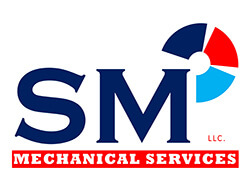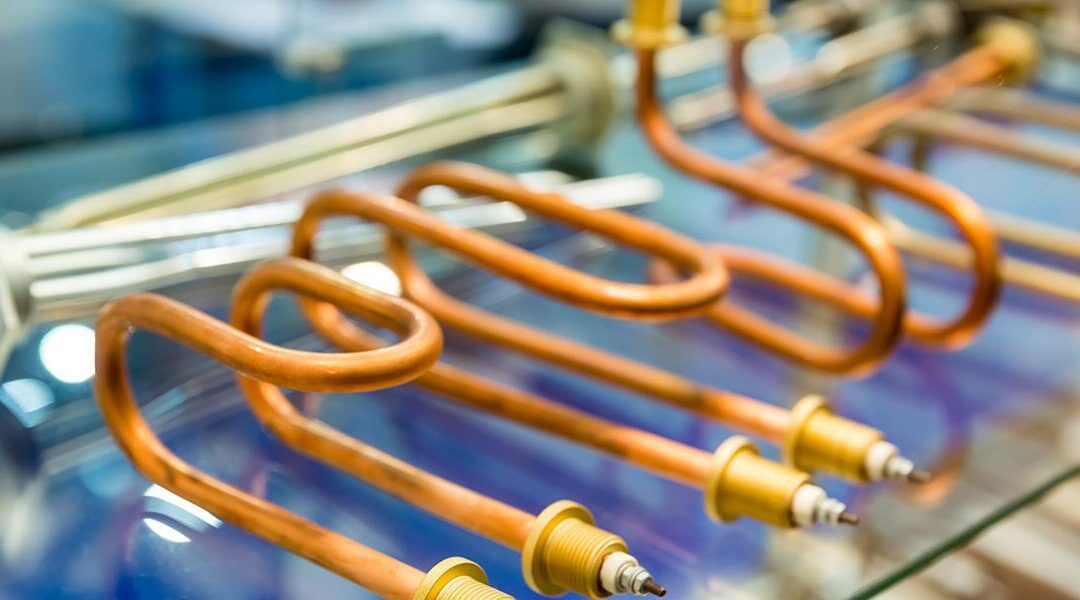Are you experiencing problems with your furnace? Contact our HVAC experts for fast and reliable service!
Imagine you need to call a heating technician to inspect your faulty furnace, and they tell you that the problem lies with your heat exchanger. You likely aren’t familiar with the part, and may ask, “What is a heat exchanger in a furnace, and how does it work?” The technicians at SM Mechanical Serives, LLC, Glastonbury’s furnace repair experts, are here to explain everything homeowners should know about this crucial heating component.
What Is a Heat Exchanger?
The heat exchanger is perhaps the most important part of your furnace because it helps distribute heat throughout your home. Whether you operate an electric or gas furnace, heat exchangers help with the combustion process.
The furnace produces heat by burning fuel in the combustion chamber. Although this part of the machine is necessary to heat your house, the fumes that fill the chamber are dangerous. The heat exchanger serves as a shield between the furnace’s combustion chamber and the blower motor. Once the heat from combustion passes through the heat exchanger, the blower will then distribute it throughout your home’s air ducts and vents.
Common Heat Exchanger Problems Homeowners Face
Now that you know the answer to, “What is a heat exchanger in a furnace?” let’s go over common problems that impact these parts of your heating system.
The most prevalent concern involves metal fatigue. The influx of heat that comes across the exchanger causes the metal to expand. It will eventually revert back to its previous shape as the furnace finishes the heat cycle and cools down. Over time, this constant back-and-forth causes the metal to lose its strength.
If your heat exchanger cracks or fails, dangerous carbon monoxide gas will travel directly from the combustion chamber to the blower. When this happens, you’ll likely experience the following:
- Carbon monoxide alarm going off
- Fatigue or illness from gas exposure
- Damage to other parts of your furnace
It’s essential to have a working carbon monoxide detector in your home in case your heat exchanger cracks or snaps. It’s an odorless and colorless gas, so it’s hard to tell when you have a leak. These gas leaks come with serious health risks and can even be fatal, so it’s critical to protect yourself.
How HVAC Experts Repair Broken Heat Changers
Other than, “What is a heat exchanger in a furnace?” one of the most common questions HVAC technicians receive is, “How do you repair a broken heat exchanger?” You can’t repair a cracked heat exchanger, but you can replace it. After a professional diagnoses the issue, they will present you with your options.
Replacing the heat exchanger is more cost-effective if you have a newer furnace. Always let an expert handle this project. If you attempt to install the heat exchanger yourself, you may do it incorrectly and even crack the new metal.
If your heat exchanger fails and you have an older furnace, it’s more economical to replace the entire heating system. You won’t need to worry about further issues with your furnace and can enjoy a more energy-efficient model.
Understanding Your Furnace’s Heat Exchanger
Older, less efficient furnaces usually contain just one heat exchanger. This design allows the system to operate at around 80% efficiency and makes them more susceptible to cracking. Most modern furnaces come with a primary and secondary heat exchanger to make them over 90% efficient.
The primary exchanger handles the brunt of heat from the combustion chamber. Once the heat hits the secondary exchanger, safe air passes through the blower, while the metal, often stainless steel, resists moisture from water vapor. If your furnace only has one heat exchanger, upgrading to a newer model with two will improve your energy efficiency.
How To Prevent Issues With Your Heat Exchanger
The most important thing you can do to maintain your heat exchanger is to schedule yearly furnace maintenance. Experts recommend scheduling a furnace tune-up during the fall so you avoid facing major heating issues when cold winter temperatures set in. During tune-up service, a licensed HVAC technician will inspect all internal components of your furnace and check for damage.
If there is an issue with your heat exchanger or other part, the technician will perform quick repairs. Scheduling annual maintenance is a great way to save money on future repairs and also keeps your furnace running efficiently.
You can extend the life of your furnace by performing routine maintenance; however, no system will last forever. Keep the age of your unit in mind and be ready to replace it before you start experiencing problems with your heat exchanger. These parts can last up to 20 years, but some may start to fail before the rest of your furnace does. If this happens, you’ll need to install a new heat exchanger.
Furnace Protection Tips
Knowing what a heat exchanger is and how to keep it in good condition will help you get the most out of your furnace. Although it’s vital to take preventative measures for your heat exchanger, you also need to remember to care for your furnace as a whole. The following tips can help you avoid common issues with your heating system:
- Regularly changing air filters
- Keeping vents open and not blocked by furniture
- Cleaning your air ducts
- Checking for issues with your thermostat
Contact Our Heating Experts for Help With Your Furnace
After reading this guide, you no longer have to wonder, “What is a heat exchanger in a furnace, and how does it work?” Keeping the heat exchanger in good shape can help you prevent dangerous furnace issues that require immediate repairs. No matter what type of problem you may be facing with your furnace, the team at SM Mechanical Services, LLC can help.
We have the skills to handle your problems with ease. Contact us today at (860) 530-2792 to schedule furnace installation or repair services.

